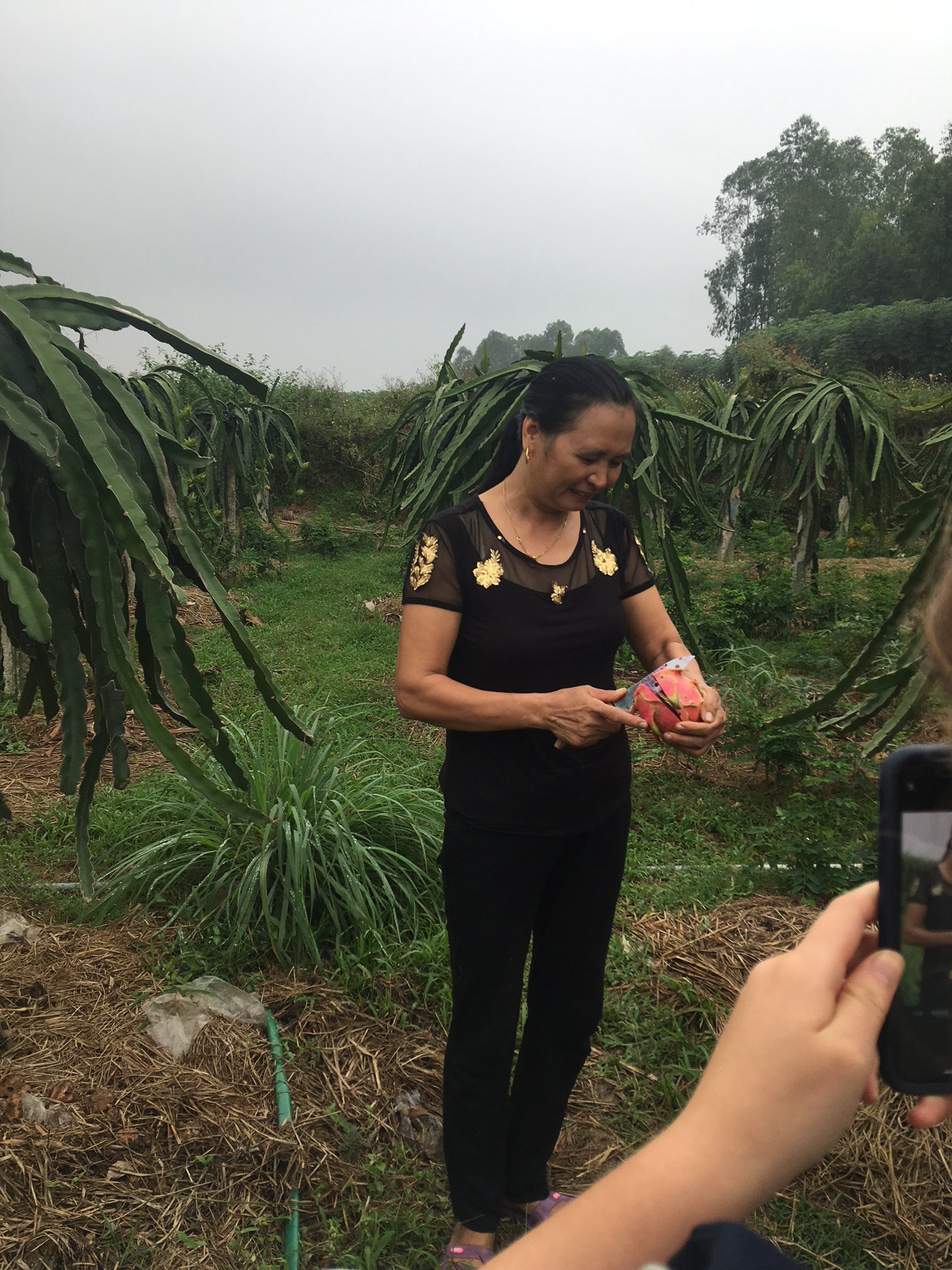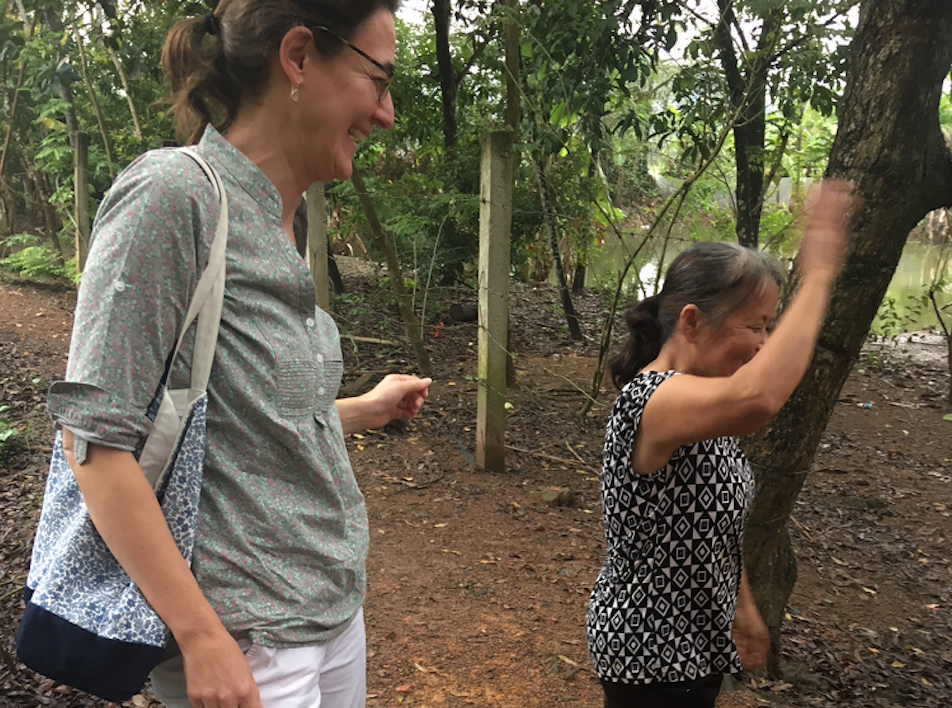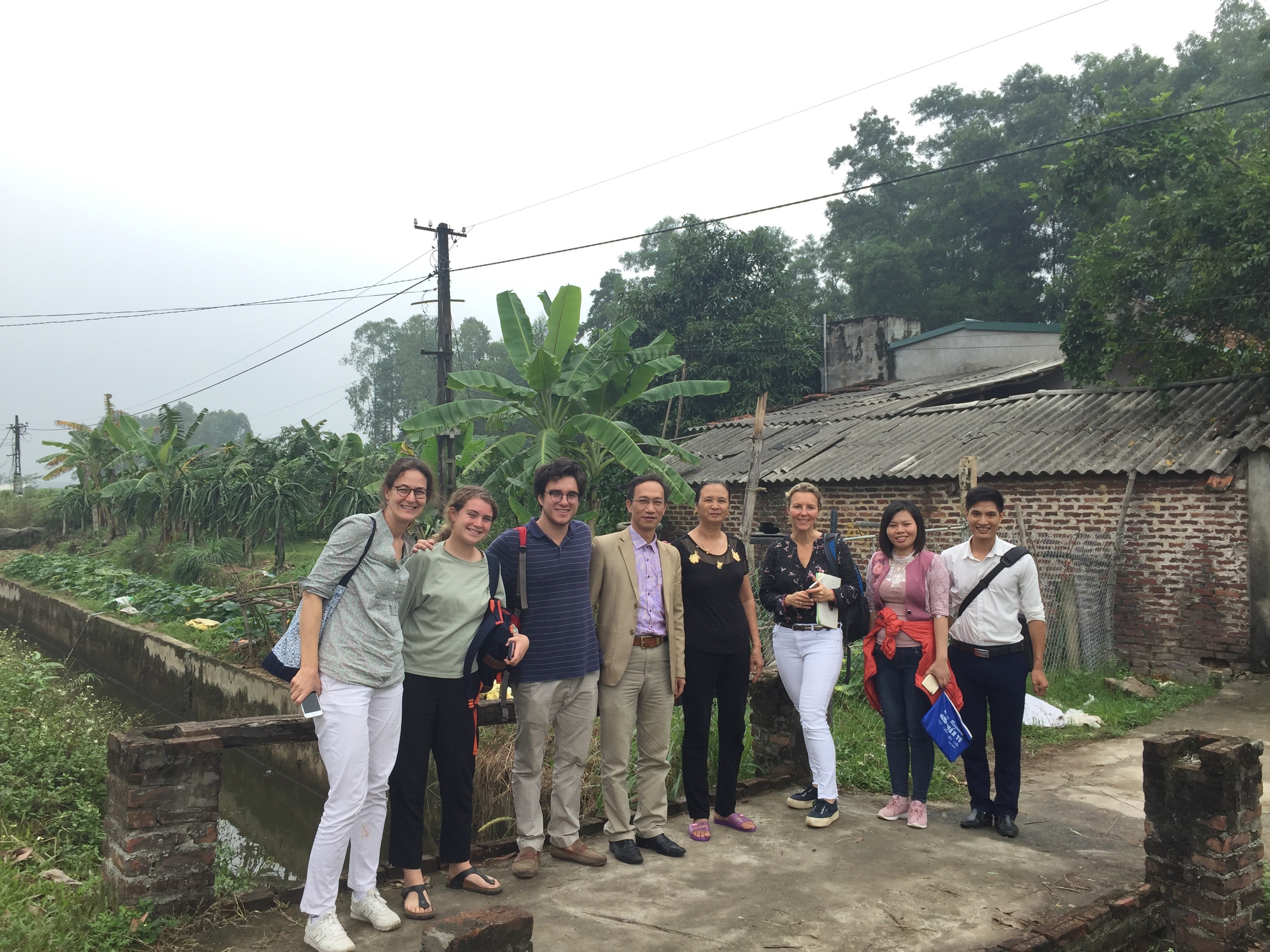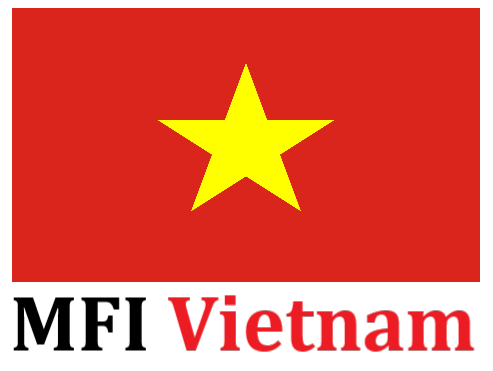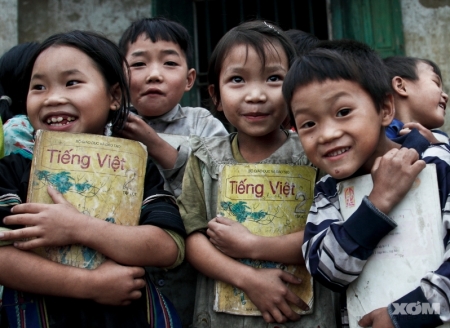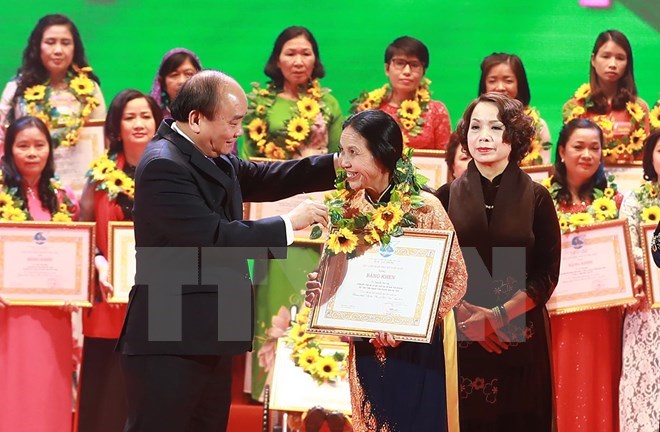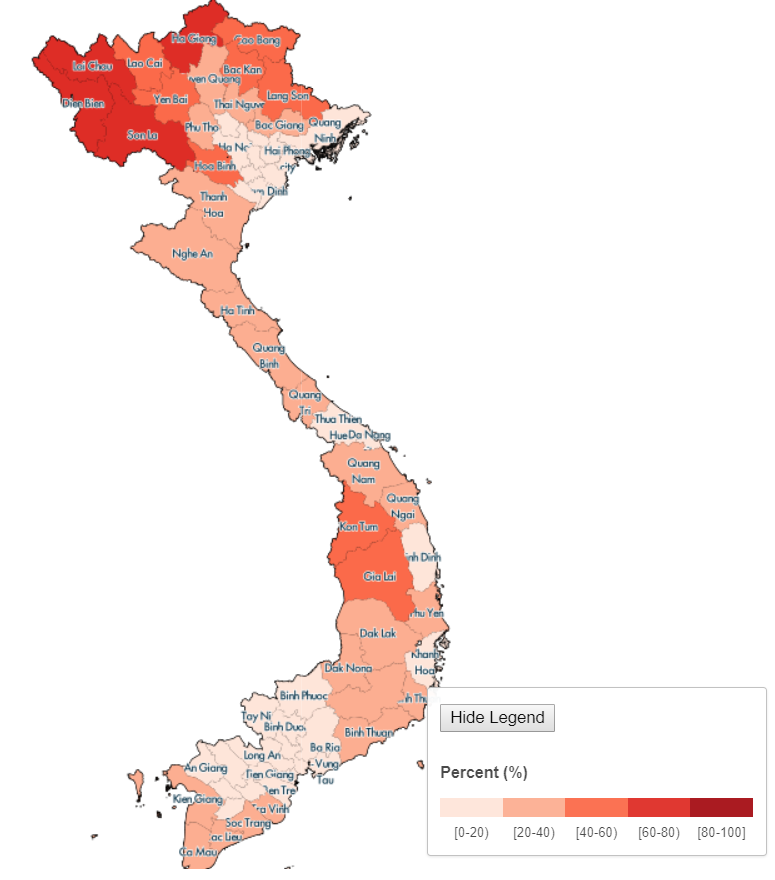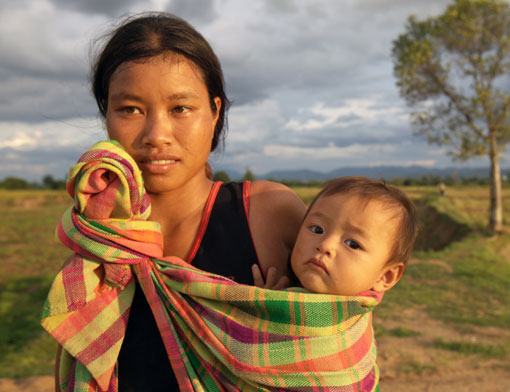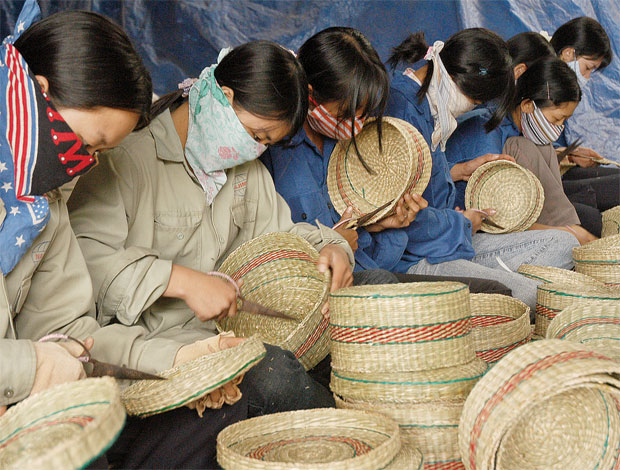Alternative food safety
Tran Thi Nguyet grows bananas and dragon fruit and also raises livestock such as chickens and ducks, which are her main sources of income. She couldn’t keep up with raising pigs so she moved to chickens because the process is faster. She can sell around 30 eggs a day for 4k each. In one month she can earn around 3 million from the eggs. Every product she sells she makes sure is clean (ducks, birds, chickens). She only sells the healthy ones, and really only sells to farmers that she knows.…
Read More